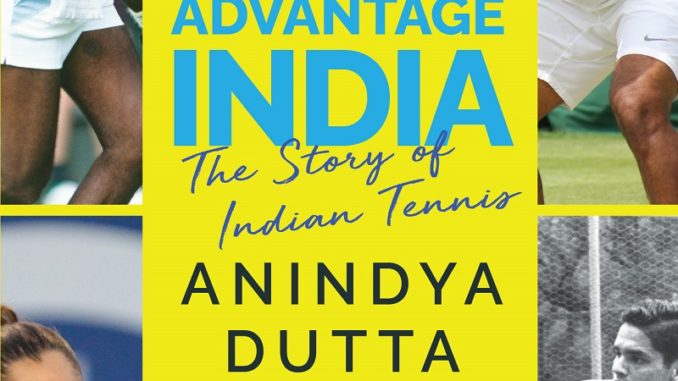
A year before Leander was born into the Paes family, something would happen that was destined to shape his life. Dr Vece Paes, born in Goa, trained as a medical doctor in Calcutta, and one of the finest hockey centre-halves of his time, brought back an Olympic medal that would inspire the young Paes as he grew up in Calcutta.
Through his schooling at Calcutta’s La Martiniere School and his early lessons in tennis at the South Club, the fascination with the medal would never go away. As seven-year-old Paes hit tennis balls powerfully across the net at whoever father Doc Paes put in front of him and demonstrated reflexes and anticipation far beyond his years, he began to be noticed.
Paes tells me about how ‘Premjit (Lall) uncle’ would play with him and give him pointers, and Jaidip Mukherjea would do the same. He realised only when he grew up how lucky he had been to learn from these legends, blissfully unaware of their achievements.
Also Read:
As if the genes on one side of the family was not enough, on the other there was mother Jennifer. Great-grand-daughter of Michael Madhusudan Dutt, the legendary and colourful poet from Bengal, Jennifer’s achievements ran much more to the sporting than the cerebral. Three years before Leander’s birth, she had led the Indian basketball team to the 1970 Asian Championships at Kuala Lumpur and she would do the same a decade later, this time at Calcutta.
From the two parents came the genes, the passion and respect for the flag that would become synonymous with the name of Leander Paes for generations of Indian tennis fans.
As he says in a Sportstar interview, ‘When I started playing I had great role models. In my house, I had my mom and dad who were both phenomenal athletes, very passionate about their sports and playing for the flag. They played at a time when commerce was not a relevant reason to play sports. They played because they wanted to make sure that the Indian flag was flying high on international shores.
By the age of twelve, the multiple sports Paes played had been tried and discarded by his parents, and the final battle came down to football and tennis. Football almost won out.
As a junior, he was good enough to be selected for a stint at the Barcelona Junior Programme. The problem arose in the second month of the three-month programme when he was asked, assuming they decided he was good enough, was he ready to give up his Indian passport and use his father’s Portuguese roots to get a passport that would then be converted to a Catalan one?
If he was agreeable to that, and eventually turned out to be good enough, then he might be allowed to continue in the junior programme for the long term. Barcelona’s investment in him as a Catalan club would only make sense if he eventually represented Catalonia and Spain.
Paes would say years later, ‘I ironed my father’s no. 10 India jersey and my mother’s no. 7 India jersey, as a kid. My biggest dream was to wear India colours and be an Olympian like them. So the conversation at Barcelona convinced me that I had to give up my football dreams. When I came back my father asked me what I wanted to do now, and I said—play tennis.
Also Read:
The final decision his parents would eventually take to make Leander Paes a tennis player had as much to do with the young boy’s talent for tennis and the fateful football conversation at Barcelona as it did with their own experience of Indian sports administrators. Speaking to journalist Gautam Bhattacharyya, Jennifer would explain, ‘As his father and I both played team games, we knew the amount of politics involved in the team games in our country.
It was a decision that would change the trajectory of Indian tennis.
In early 1986, months after the fateful decision, Vijay and Anand Amritraj went to Calcutta to play the Davis Cup tie at South Club against Czechoslovakia. At the Club, coach Akhtar Ali, former India Davis Cupper, asked Anand Amritraj to hit a few balls with the promising youngster.
Paes’ physique and quick reflexes made an immediate impression. Months earlier, the Britannia Amritraj Tennis Academy had been established, and the Amritraj brothers were on the lookout for promising youngsters between thirteen and seventeen.
Paes’ talent was too much to pass by, and a few months before his thirteenth birthday he moved to Madras, joining the likes of Gaurav Natekar, Rohit Rajpal and Asif Ismail as a part of the first batch of eight. All four would go on to play the Davis Cup for India.
Excerpted with permission from ‘Advantage India: The Story of Indian Tennis’ by Anindya Dutta, Published by Westland Sports.